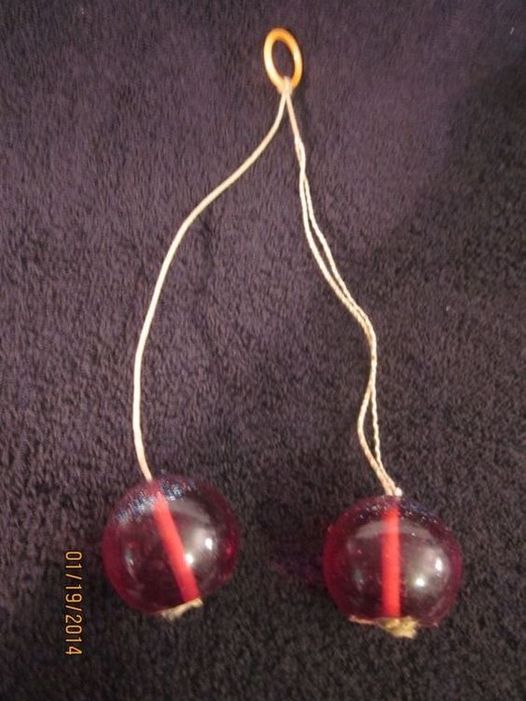Clack Away: The Timeless Appeal of Toy Clackers
In the vibrant era of the 1970s, amidst the whirl of disco balls and lava lamps, one toy captured the hearts of children and continues to evoke nostalgic smiles among vintage toy enthusiasts: Toy Clackers, affectionately known as lik-Klaks.
Crafted from two plastic balls tethered by a string, Toy Clackers enchanted generations with their rhythmic clacking sound, a symphony of childhood joy. Invented in 1969 by the esteemed toy company Wham-O, renowned for classics like the Hula Hoop and Frisbee, Toy Clackers quickly soared to prominence, selling over 10 million units in its inaugural year alone.
However, like many iconic toys, Toy Clackers faced adversity. Safety concerns led to bans in numerous locales, stemming from reports of shattered plastic balls posing risks to young users. In response, Wham-O endeavored to rectify these issues with a revised design utilizing safer materials, albeit never achieving the same fervent popularity as its predecessor.
Despite these challenges, Toy Clackers endure as cherished relics of bygone days, revered by collectors and treasured by those whose childhood memories echo with the rhythmic clatter of swinging balls. A testament to simpler times, these vintage toys remain steadfast symbols of joy and innocence, transcending generations with their enduring appeal.
While some may reminisce about playing with Toy Clackers at friends’ homes, others may recall their vibrant presence in playgrounds and living rooms. Though I never owned a pair myself, the mere mention of Toy Clackers evokes fond recollections of shared laughter and carefree moments.
Did you too experience the thrill of swinging Toy Clackers, lost in the rhythmic melody of their clattering?



